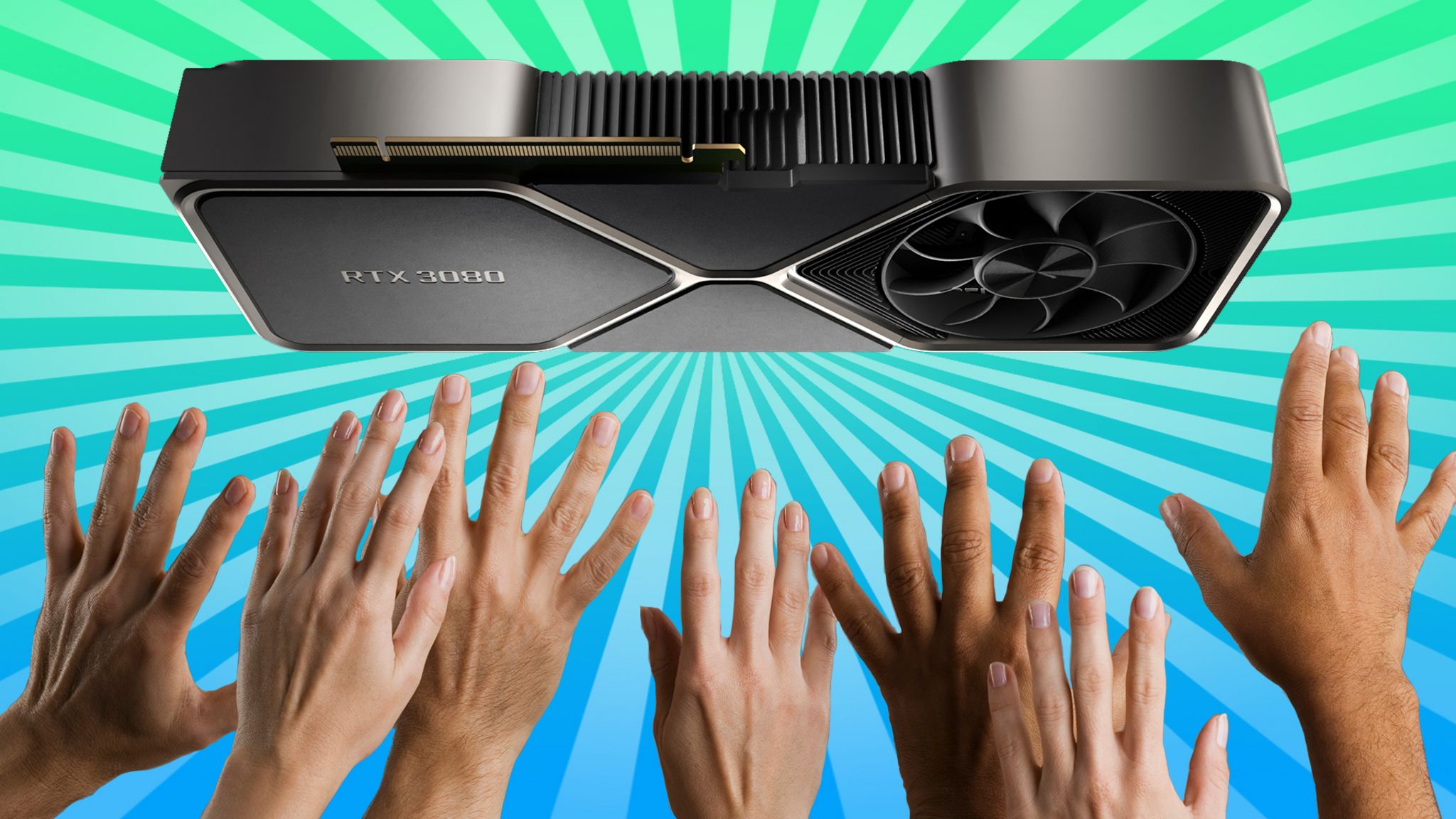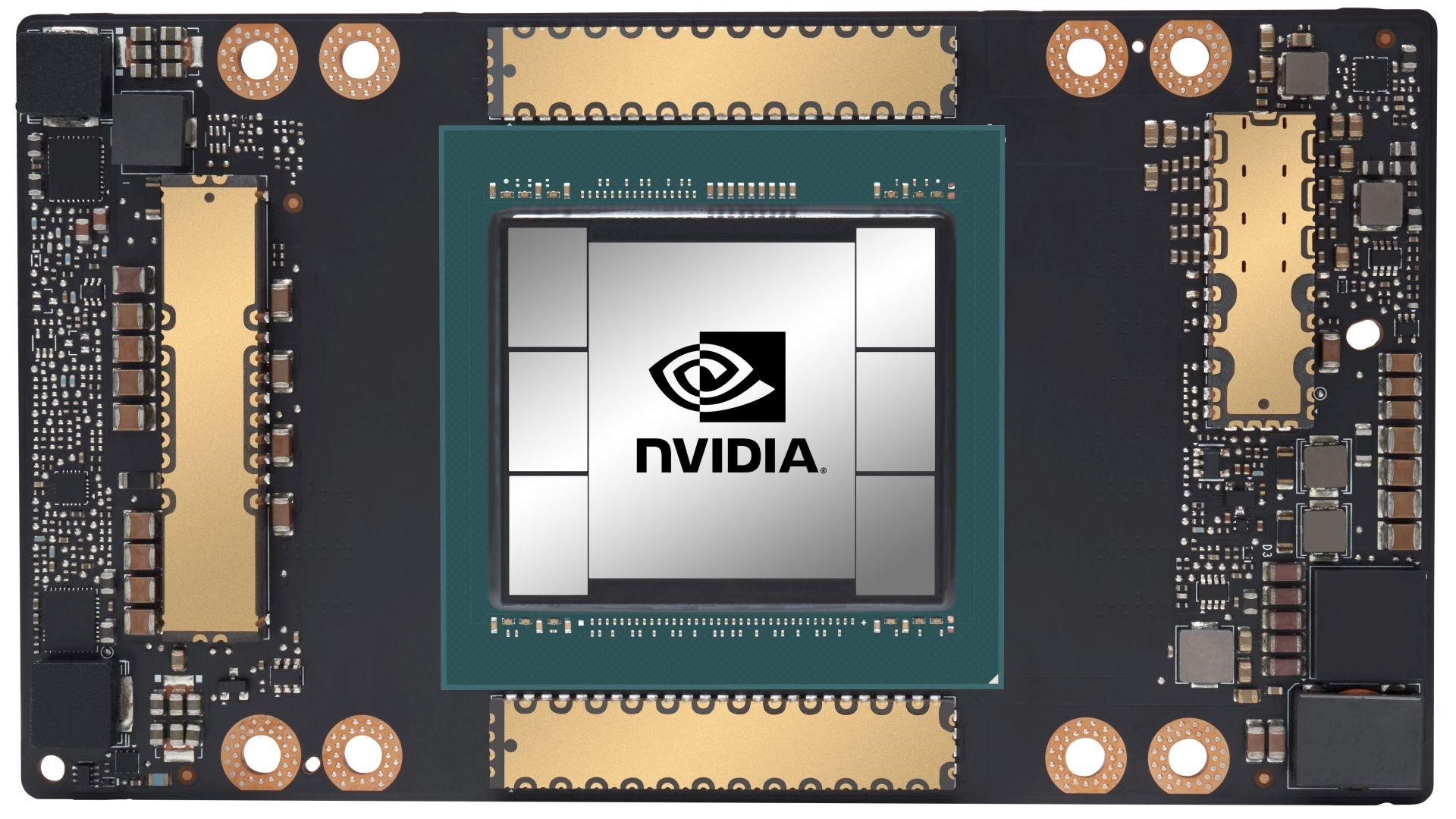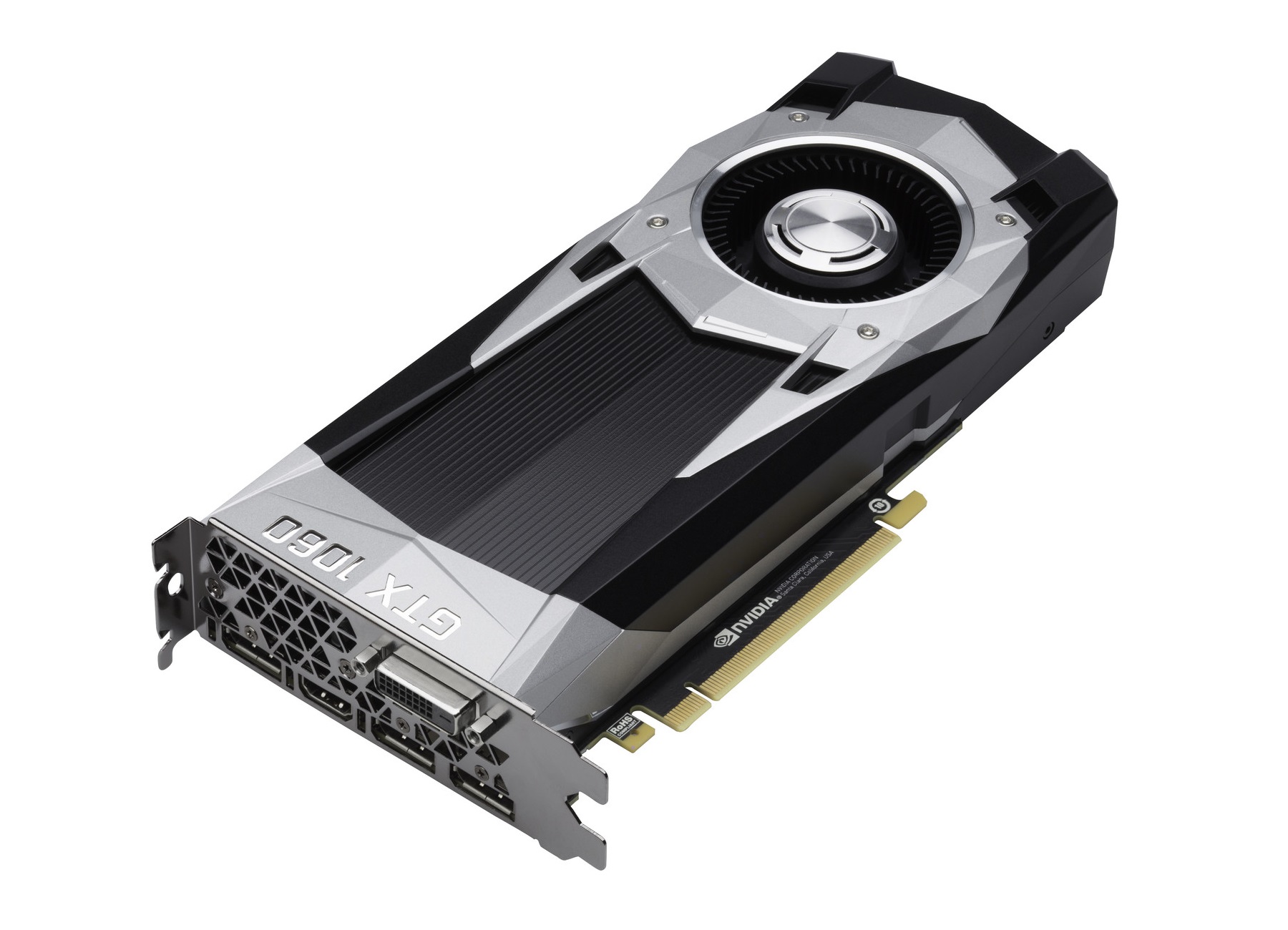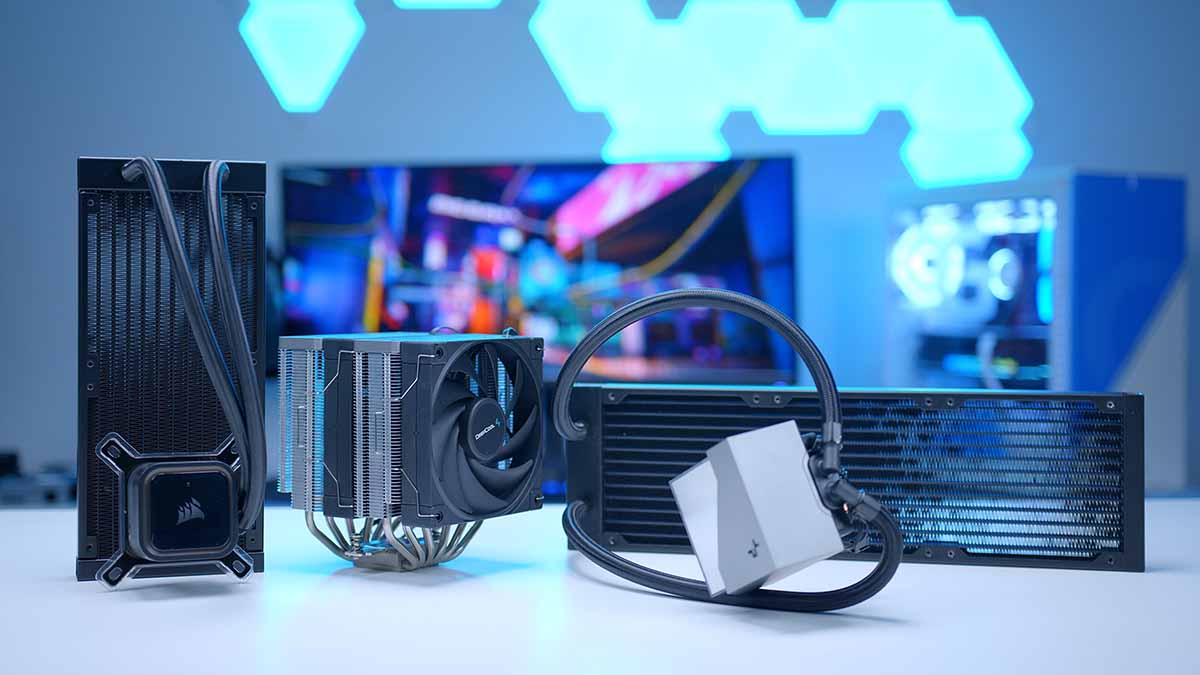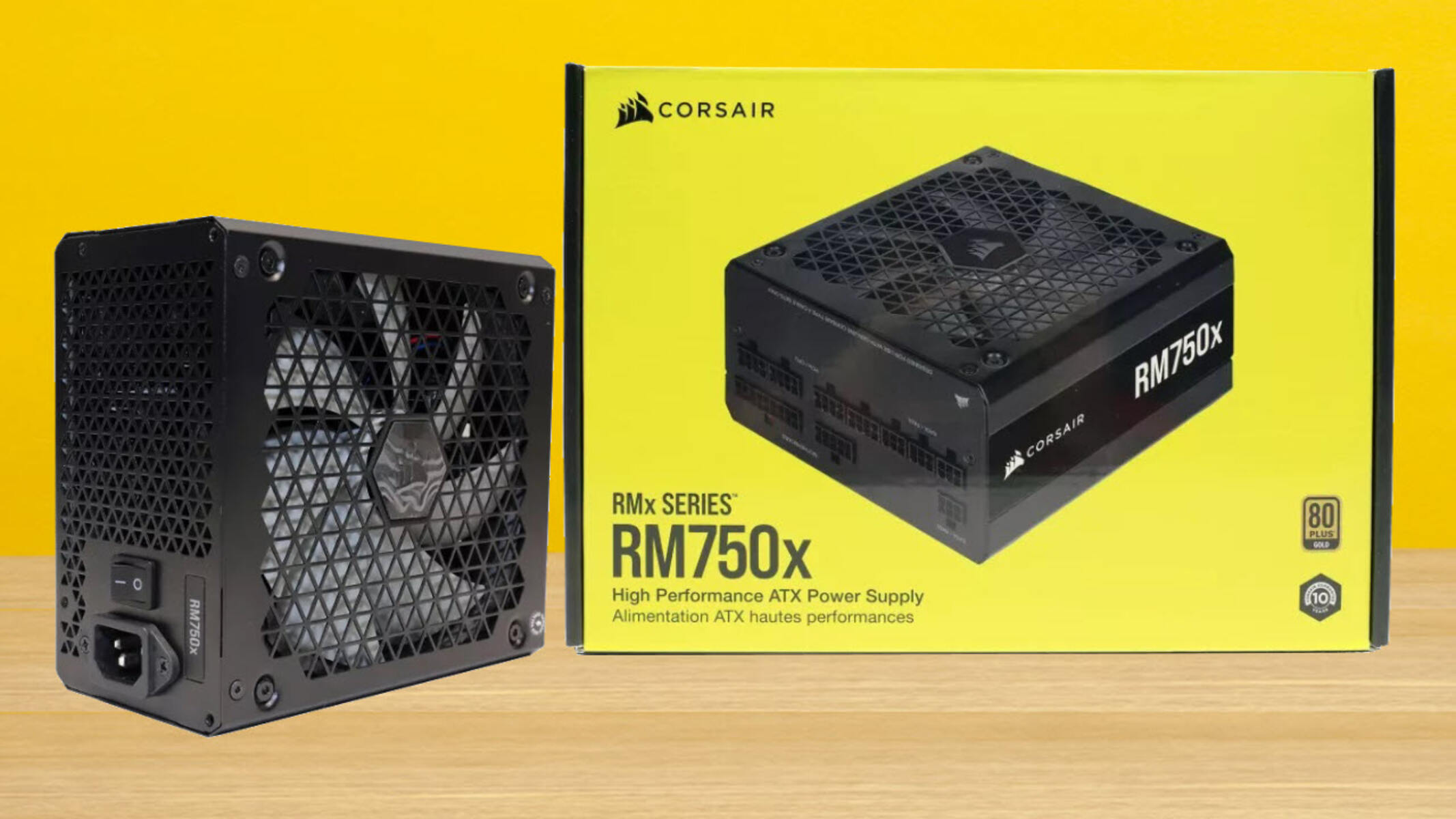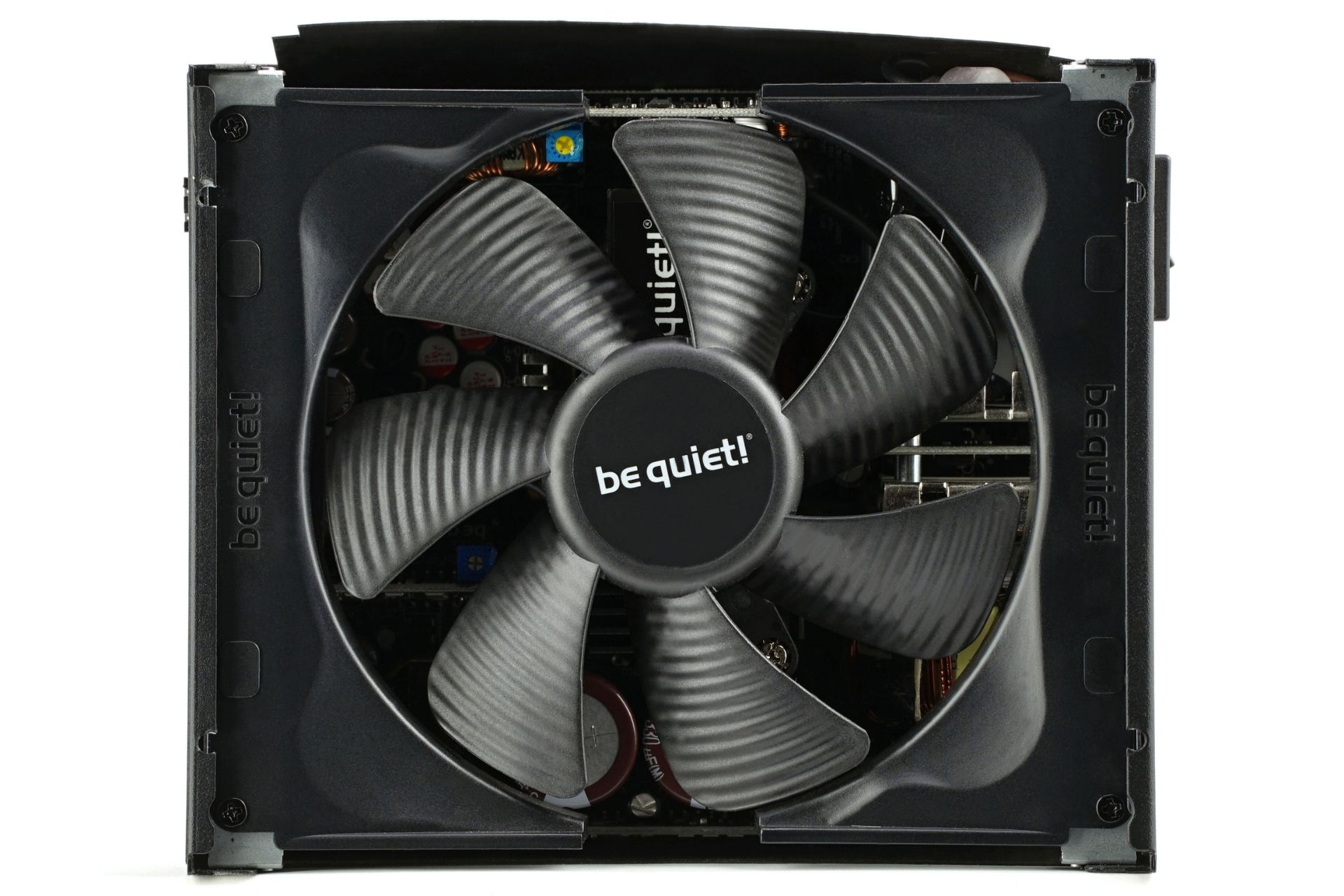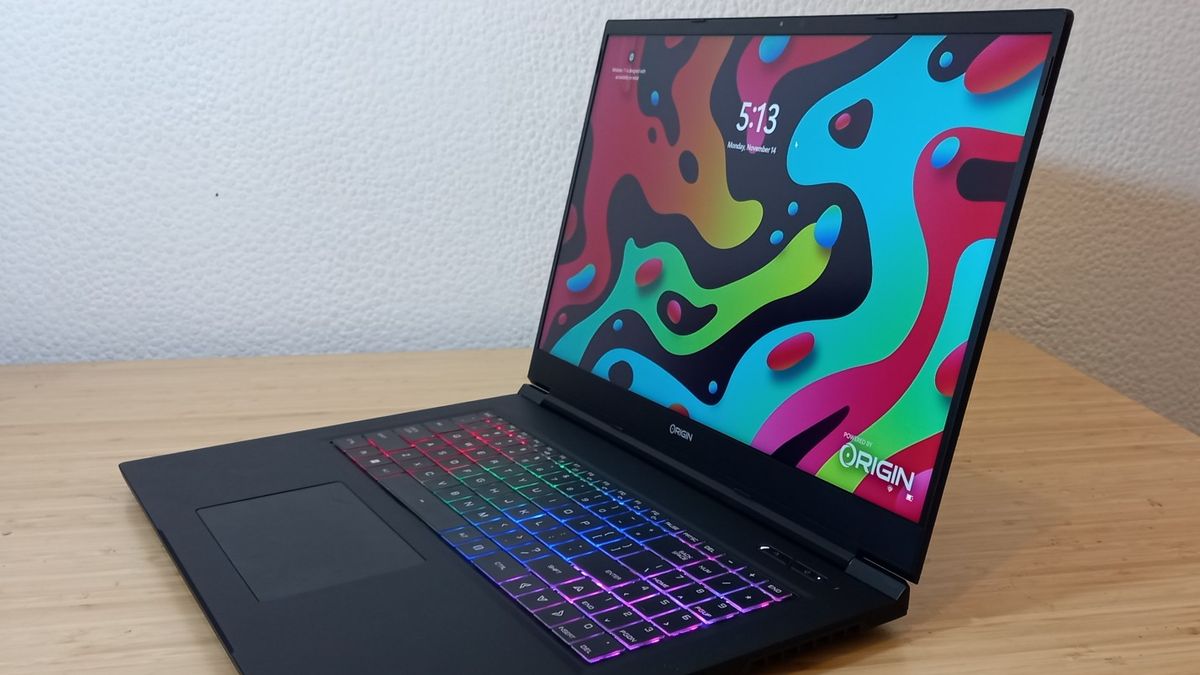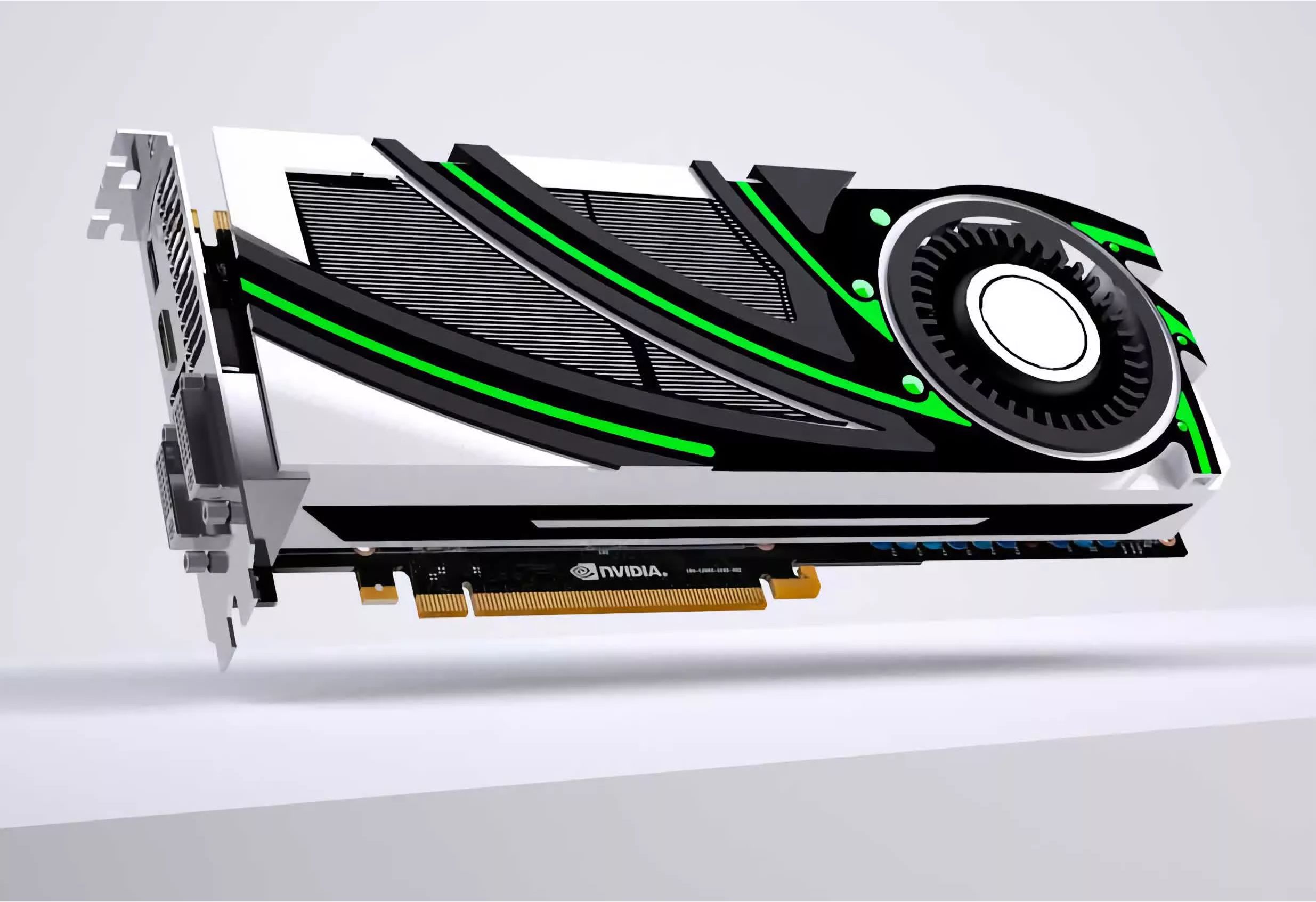Introduction
Gaming has become increasingly popular over the years, with millions of players around the world, and there is no denying that having a powerful graphics processing unit (GPU) is essential for an immersive gaming experience. However, in recent times, gamers and enthusiasts have been faced with skyrocketing GPU prices. This has left many wondering why GPU prices have reached such unprecedented heights.
The rising cost of GPUs can be attributed to a combination of factors, including increased demand, supply constraints, the cryptocurrency mining boom, memory shortages, and even global trade tensions. Understanding these factors can shed light on why gamers and PC enthusiasts are finding it difficult to get their hands on reasonably priced GPUs.
In this article, we will delve into the reasons behind the high GPU prices and explore how these factors have impacted the market. From the surge in demand for GPUs to the effects of memory shortages and trade wars, we will examine the various forces at play.
Let’s take a closer look at why GPU prices are soaring and why it has become a pressing concern for gamers and PC enthusiasts alike.
Increased Demand for GPUs
One of the key factors driving up GPU prices is the increased demand for graphics processing units in recent years. The gaming industry has witnessed tremendous growth, with more gamers joining the community and existing gamers seeking to upgrade their systems for enhanced performance.
Gamers are constantly looking for the latest and most powerful GPUs to ensure smooth gameplay and stunning visuals. Additionally, the rise in popularity of virtual reality (VR) gaming has added to the demand for high-performance GPUs, as VR games require significant processing power to deliver immersive experiences.
Moreover, the demand for GPUs extends beyond the gaming sphere. Professionals in fields such as graphic design, animation, video editing, and machine learning also rely on powerful GPUs for their work. As these industries continue to evolve and their requirements become more demanding, the need for advanced GPUs grows.
The COVID-19 pandemic has further fueled the demand for GPUs, as more people have turned to gaming and technology for entertainment and remote work. With individuals spending more time at home, the desire for powerful gaming setups and productivity tools has surged, creating a spike in GPU sales.
The combination of these factors has resulted in a surge in demand for GPUs, which has put immense pressure on the supply chain and led to increased prices.
However, it is worth noting that the demand for GPUs is not the sole factor responsible for the high prices. Supply constraints, cryptocurrency mining, memory shortages, and trade tensions also contribute to the current state of the GPU market, which we will explore in more detail in the following sections.
Supply Constraints
In addition to the increased demand for GPUs, another factor driving up prices is the supply constraints faced by manufacturers. The production of GPUs is a complex process that relies on a global supply chain, and any disruptions or limitations in this chain can have significant impacts on availability and pricing.
One of the main challenges faced by manufacturers is the scarcity of key components needed to produce GPUs. These components include semiconductors and memory chips, which are used in large quantities in the manufacturing process. The global semiconductor industry has experienced shortages, partly due to increased demand from various sectors, as well as supply chain disruptions caused by the COVID-19 pandemic.
Furthermore, the production of GPUs is heavily reliant on foundries, which are responsible for the fabrication of chips. Foundries, such as TSMC and Samsung, have limited production capacities, and meeting the demands of multiple industries becomes a challenge. The competition for chip production capacity among different sectors, including smartphones, automobiles, and consumer electronics, further exacerbates the supply constraints for GPUs.
Another factor contributing to the supply constraints is the complexity and time required for GPU manufacturing. The production process involves multiple stages, from designing the chip architecture to testing and assembly. Any delays or issues at any stage can disrupt the overall production timeline, resulting in limited availability and increased prices.
Moreover, manufacturers must also contend with the increasing costs of raw materials, such as metals and plastics, used in the production of GPUs. Fluctuating prices and availability of these materials can further impact the manufacturing cost, ultimately affecting the final price of the GPUs.
Overall, supply constraints play a significant role in driving up GPU prices. The scarcity of key components, limited production capacities of foundries, and the complexity of the manufacturing process all contribute to the challenges faced by manufacturers in meeting the growing demand for GPUs.
Cryptocurrency Mining Boom
An important factor that has significantly contributed to the increase in GPU prices is the cryptocurrency mining boom. Cryptocurrencies, such as Bitcoin and Ethereum, rely on powerful GPUs for efficient mining operations, which involve solving complex mathematical algorithms to validate and secure transactions on the blockchain.
During the height of the cryptocurrency mining boom, miners sought to build large-scale mining rigs equipped with multiple GPUs to maximize their mining capabilities. This led to an unprecedented demand for GPUs as miners competed to acquire the most powerful and efficient graphics cards.
The surge in demand from cryptocurrency miners put a strain on the GPU market, leading to shortages and driving up prices. Manufacturers struggled to keep up with this sudden spike in demand, as gaming and other industries also required GPUs. As a result, the limited supply of GPUs was primarily allocated to miners, resulting in scarcity for gamers and PC enthusiasts.
Furthermore, the continuous innovation and development within the cryptocurrency mining industry have led to the emergence of specialized mining hardware known as application-specific integrated circuits (ASICs). These ASICs are specifically designed for mining cryptocurrencies and offer much higher mining efficiency compared to GPUs.
As ASICs became more popular among miners, the demand for GPUs from this sector has somewhat declined. However, the impact of the cryptocurrency mining boom on the GPU market is still evident, as the market experienced a significant disruption due to the surge in demand and subsequent shortages.
It is important to note that the volatility of the cryptocurrency market also plays a role in the demand for GPUs. When the value of cryptocurrencies rises, more individuals are incentivized to engage in mining activities, leading to increased GPU demand. Conversely, during market downturns, the demand for GPUs from miners tends to decrease.
While the cryptocurrency mining boom has had a profound impact on GPU prices, it is worth mentioning that the influence of this factor has waned over time. Nevertheless, its historical significance in driving up prices cannot be ignored, as it created a surge in demand that put strain on the GPU market.
High Performance Gaming
Gaming has become increasingly demanding in terms of hardware requirements, especially with the rise of high-performance games and advancements in graphics technology. Gamers are constantly seeking powerful GPUs to ensure smooth gameplay, high frame rates, and stunning visuals.
New game releases often push the boundaries of graphics and require more powerful hardware to achieve optimal performance. Features like realistic physics simulations, ray tracing, and high-resolution textures place a significant strain on GPUs. As a result, gamers who want to enjoy these cutting-edge games at their highest settings need to invest in high-performance graphics cards.
Moreover, the popularity of multiplayer online games and eSports has soared in recent years. Competitive gamers strive for every advantage they can get, and having a powerful GPU can make a noticeable difference in terms of responsiveness, visual clarity, and overall gameplay experience.
Developers and publishers also play a role in driving up GPU demand through marketing campaigns that highlight the enhanced visual experiences enabled by top-of-the-line graphics cards. These campaigns foster a desire among gamers to upgrade their systems for the best possible gaming experience.
Furthermore, the increasing availability and affordability of VR headsets have boosted the demand for high-performance GPUs. Virtual reality gaming requires substantial processing power to provide smooth and immersive experiences. The intricate rendering and tracking requirements of VR games put a heavy load on GPUs, making them a necessity for those looking to delve into virtual worlds.
All these factors contribute to the demand for high-performance gaming GPUs, and their popularity drives prices higher. Gaming enthusiasts and professionals who want to experience the latest games or stay competitive in the eSports scene are willing to pay a premium for graphics cards that can deliver the performance they desire.
As gaming technology continues to advance, the demand for high-performance GPUs is expected to remain strong. Gamers will continue to push the boundaries of what is possible in terms of graphics and performance, driving up the demand for powerful GPUs and impacting their prices in the market.
Memory Shortages
Another significant factor contributing to the high prices of GPUs is the shortage of memory, specifically high-speed memory modules like GDDR6. These memory modules are crucial components of graphics cards, enabling fast data access and storage for rendering graphics and processing complex calculations.
The demand for memory has increased across various industries, including smartphones, computers, and data centers, leading to a strain on the global supply. Additionally, the rapid growth of emerging technologies like artificial intelligence, machine learning, and big data analytics has further intensified the need for memory-intensive computing platforms.
The shortage of memory can be attributed to various factors. For instance, limited manufacturing capacities and production disruptions caused by the COVID-19 pandemic have impacted the supply chain. Additionally, the transition to new memory technologies, such as GDDR6, has presented challenges in terms of production ramp-up and availability.
As GPUs require a significant amount of memory to handle the demanding requirements of modern games and applications, the shortage of high-speed memory modules affects the production capacity and overall availability of graphics cards. Manufacturers have to compete for the limited supply of memory, increasing procurement costs and ultimately passing those costs onto the consumers.
The memory shortage has resulted in a scarcity of high-end graphics cards that rely on faster memory configurations. Gamers and PC enthusiasts are left with limited options, either settling for lower-end models or paying a premium for GPUs with the desired specifications.
Furthermore, memory manufacturers often prioritize supplying other high-demand sectors, such as smartphones and data centers, which have more significant volume orders. This further restricts the availability of memory modules for GPU production, exacerbating the memory shortage issue within the graphics card market.
Overall, the shortage of high-speed memory modules, coupled with the growing demand from various industries, has contributed to the high prices of GPUs. Until the supply of memory catches up with the demand, gamers and PC enthusiasts may continue to face challenges in acquiring graphics cards at reasonable prices.
Tariffs and Trade Wars
An additional factor that has impacted GPU prices is the imposition of tariffs and the escalation of trade wars between different countries. Tariffs are taxes imposed on imported goods, and they can significantly impact the cost of products that rely on international trade, including GPUs.
Trade tensions between countries, particularly the United States and China, have led to the implementation of tariffs on various goods, including electronics and computer components. As GPUs are predominantly manufactured in countries like China and Taiwan, these tariffs have directly affected their prices.
When tariffs are imposed on GPUs, manufacturers often face increased costs in importing and exporting their products. These additional expenses can include customs duties, tariffs, and other fees associated with international trade. Manufacturers, in turn, pass on these extra costs to consumers, resulting in higher GPU prices.
Moreover, trade wars and the threat of escalating tariffs create uncertainty in the global market. Manufacturers may face difficulties in projecting future costs and planning production schedules due to potential changes in trade policies. This instability can also impact the availability of GPUs and lead to price fluctuations.
While the specific impact of tariffs on GPU prices may vary depending on the country and the trade policies in place, the overall effect is an increase in costs that ultimately gets passed down to consumers. The imposition of tariffs can disrupt the supply chain, increase production expenses, and affect the pricing dynamics within the GPU market.
It is important to note that the GPU industry is not the only sector affected by tariffs and trade wars. The repercussions of these economic disputes extend across various industries, creating a ripple effect throughout the global market.
As governments continue to negotiate trade agreements and policies, the uncertainty surrounding tariffs and trade wars remains a factor that influences GPU prices. The resolution of these disputes or the implementation of more favorable trade policies could potentially lead to price adjustments in the future.
Conclusion
The unprecedented rise in GPU prices can be attributed to a combination of factors that have significantly impacted the market. Increased demand from gamers, professionals, and cryptocurrency miners has put immense pressure on the supply chain, leading to shortages and higher prices. The gaming industry, with its high-performance requirements, has fueled the need for powerful GPUs, while the cryptocurrency mining boom created a surge in demand that further strained availability.
Supply constraints, including the scarcity of key components and memory shortages, have further contributed to the high prices. Manufacturers have grappled with limited production capacities and disruptions in the global supply chain, leading to difficulties in meeting the growing demand. Additionally, the imposition of tariffs and the escalation of trade wars have created uncertainty and increased costs in the GPU market.
While these factors have played a major role in driving up prices, it is important to note that the GPU market is dynamic and subject to change. As technology advances, new innovations may emerge that address supply constraints and improve price dynamics. Market forces, such as shifts in demand and supply, may also influence future GPU prices.
For gamers and PC enthusiasts, navigating the current GPU market can be challenging due to the high prices and limited availability. It is important to research and consider alternative options, such as lower-end models or refurbished GPUs, to meet individual needs and budget constraints.
Overall, the factors behind high GPU prices are complex and interconnected. The increased demand, supply constraints, cryptocurrency mining boom, memory shortages, and trade tensions have all contributed to the current state of the GPU market. As the industry continues to evolve, it remains to be seen how these factors will shape the future of GPU prices and availability.







